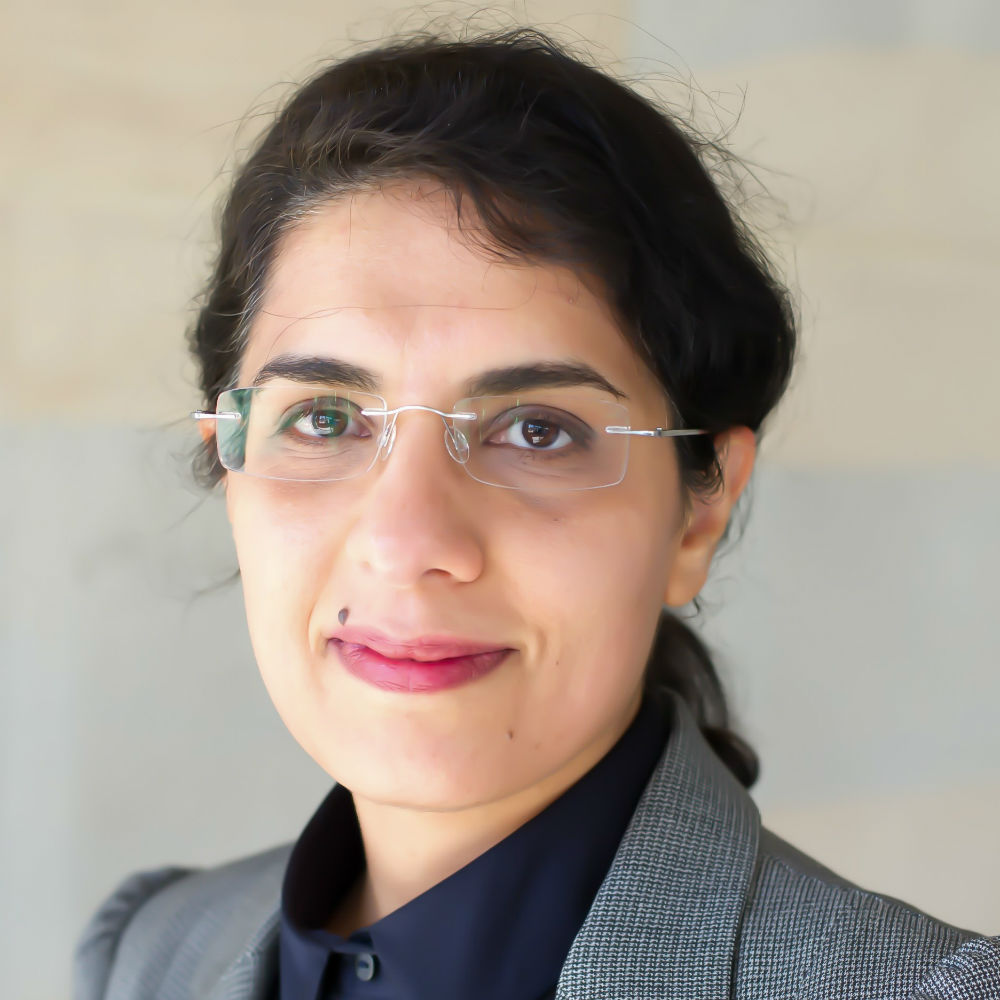This project deals with a first-of-its-kind implementation of Artificial Intelligence and Internet of Things (IoT), moving away from reactive monitoring and into proactive asset care and insight, enabled by the UK's richest source of facilities management data.
The facility management (FM) industry has experienced a rapid growth in recent years enabled through the coalescing of key technological development in the Internet of Things (IoT), reliable artificial intelligence (AI) and a maturing IT infrastructure to enhanced building maintenance and monitoring services tailored to client needs. Reducing downtime and energy costs for clients can have a dramatic economic and environmental impact when considering clients such as restaurant chains, garages, showrooms, and warehouse operators have multiple sites across the country.
In the context of the FM industry an asset generally refers to an operational equipment or building i.e., an industrial cooker, dishwasher, building HVAC, specialised cooling or heating equipment, commercial warehousing equipment such as conveyer belts, climate control storage environments etc. An asset’s operational features describe the working condition of an asset, for example, the number of washing cycles of an industrial dishwasher or the heating/cooling modes of an air conditioning and how it is used. For example, by combining a dishwasher’s washing cycle with its electricity consumption, we can determine the energy consumption per cycle. Equally by observing how kitchen staff interact with industrial fridges while monitoring their internal temperatures and electricity usage we can determine the energy loss from their compressor cycles.
Working with Cloudfm Group Ltd, a leader in the FM sector, this research has investigated the need to better understand multi-dimensional operational features of FM assets with respect to their modes of operation, behaviour of users interacting with them, abnormalities due to faults and associated impact on Co2 emissions.
The concept of phase space reconstruction and phase portrait was used to study the behaviour of dynamic systems by providing higher dimensional and geometric representation of time-domain trajectories of such systems. From the data analysis prospective, it can be used for producing correlation plots of aggregated current and voltage signal features related to an asset’s operating behaviour.
Soft-computing techniques such as fuzzy systems approach to phase portraits of timeseries data were developed to improve the representation and interpretability of these features by defining flexible boundaries for observed operational states on which their feature values could be mapped and later modelled.
The developed Asset Operation Detection (AOD) approach reduced the need to install and monitor a large volume of sensors for monitoring individual assets, reducing installation and maintenance costs. Its underlaying methodologies provided intuitive visualisation and modelling insights into asset operation, performance, efficiencies, or abnormalities which could be used to create explainable frameworks for asset monitoring and predictive maintenance.
The AOD approach forms an integral part of the software framework for Cloudfm’s Mindsett platform that supports the PRISM® monitor which provides clients detailed asset level insight into their performance and energy consumption.
Current work is also investigating a novel machine learning pipeline to extract and model voltage and current features for identifying FM asset types during site installations of PRISM® units at client sites.
Partners and funding
This project is being run as a Knowledge Transfer Partnership with Cloudfm group Ltd, funded by InnovateUK.
In the news
Publications
- S. Lee, F. Doctor, M. H. Anisi, S. Goud, X. Wang and S. Ruthven, "AI Driven Streamlining of Appliance Load Monitoring in Facilities Management," 2024 19th Annual System of Systems Engineering Conference (SoSE), Tacoma, WA, USA, 2024, pp. 130-133
- C. X. Yang, F. Doctor, M. H. Anisi, M. Khosravi, I. Parry and P. Wegrzyn, "Asset Operation Detection Based on Fuzzy Logic and Phase Portrait," 2020 IEEE International Conference on Fuzzy Systems (FUZZ-IEEE), Glasgow, UK, 2020, pp. 1-8






